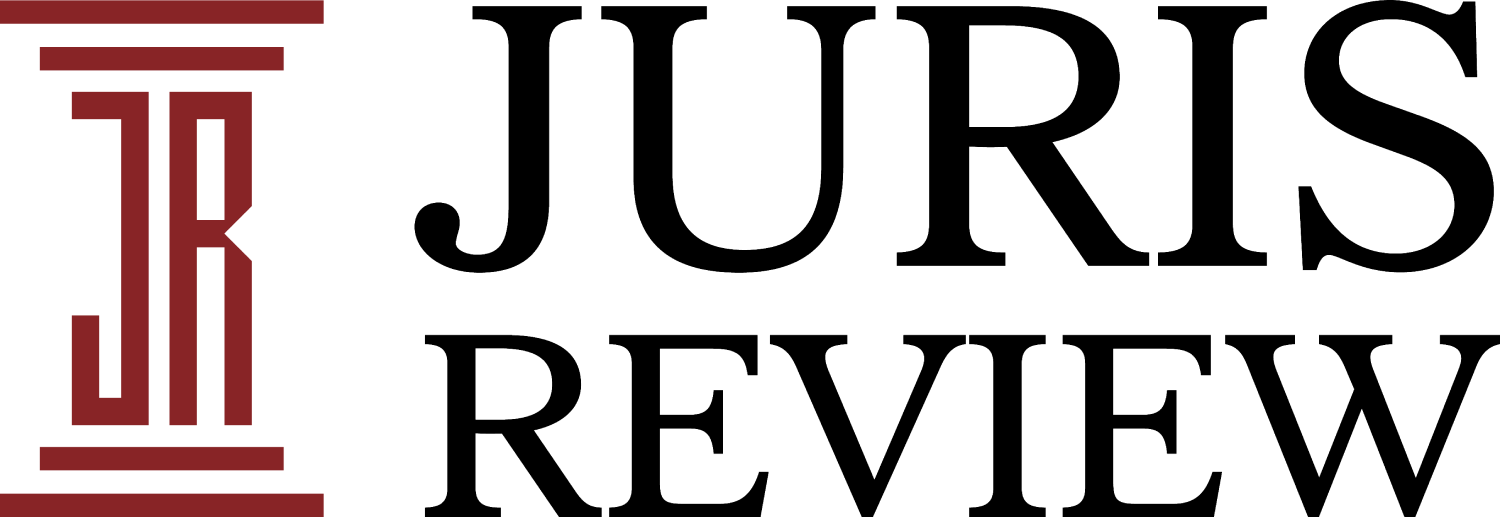As of October 12, 2025, the United States government has entered its twelfth consecutive day of a shutdown, with no resolution in sight. This standoff is the result of a fierce dispute between Republicans and Democrats over how to fund the government, leaving millions of Americans affected by the suspension of critical federal services and programs. The ongoing shutdown has underscored the deep divisions in Congress over fiscal policies, government spending priorities, and the overall direction of the federal budget.
The shutdown began after Congress failed to reach an agreement on a budget, leading to the temporary closure of many government operations. National parks, federal offices, and public health services have all been impacted, with employees furloughed or forced to work without pay. Public services that millions of Americans rely on, such as the issuance of Social Security benefits, are continuing, but many other federal programs have been put on hold.
The deadlock between Republicans and Democrats is primarily driven by disagreements over government spending levels. Republicans have pushed for significant cuts to discretionary spending, while Democrats have advocated for more funding for social services, healthcare, and climate change initiatives. At the heart of the impasse is the issue of defense spending versus domestic program investments. Both parties have expressed concerns about the potential consequences of failing to fund the government, but they remain unable to reach a compromise.
Read Also: https://jurisreview.com/congressional-oversight-committee-subpoenas-tech-ceos-in-antitrust-probe/
The political gridlock has resulted in frustration and anxiety for federal workers and citizens who rely on government services. Many government employees have expressed uncertainty about their financial future as they await paychecks, with some turning to food banks and other community resources to get by. Small businesses that rely on government contracts or services are also feeling the strain, as are individuals who face delays in accessing essential programs such as veterans’ benefits, health insurance, and disaster relief aid.
The shutdown has highlighted the broader issue of political polarization in the U.S., where partisan gridlock often prevents meaningful progress on critical national issues. Lawmakers on both sides of the aisle have been under increasing pressure from their constituents to come to a resolution, but so far, no breakthrough has occurred.
As the shutdown continues, the impact on the U.S. economy is becoming more pronounced. Economic analysts warn that prolonged government shutdowns could lead to a slowdown in economic growth, disrupt financial markets, and erode public confidence in government institutions. The uncertainty surrounding the shutdown is already beginning to affect consumer spending and business investment, and many experts are concerned that the longer the impasse lasts, the more damaging the effects will be.
Despite calls from both Republicans and Democrats to negotiate and find common ground, the shutdown persists, with neither side willing to back down on their core positions. The situation remains fluid, with no clear timeline for when a resolution might emerge. In the meantime, federal workers and the American public will continue to bear the brunt of the political deadlock.
As the shutdown drags on, the question remains whether lawmakers will be able to put aside their differences and come to a compromise before the situation worsens. The outcome of this standoff could have significant implications for the future of U.S. governance, fiscal policy, and the trust Americans have in their elected officials.

